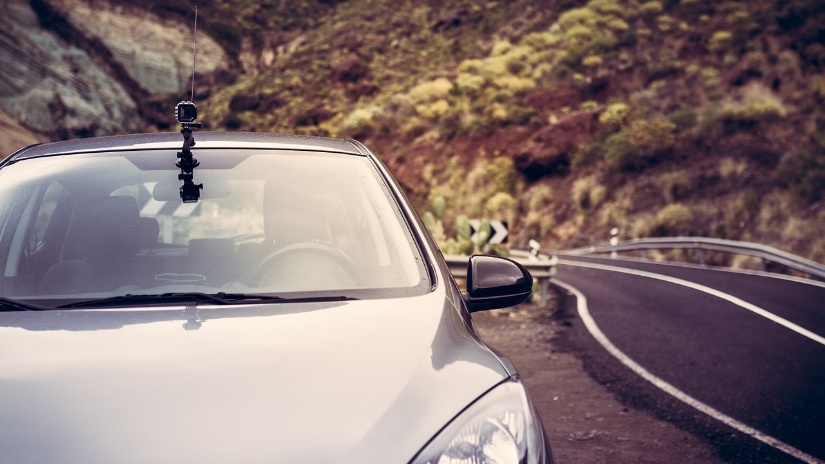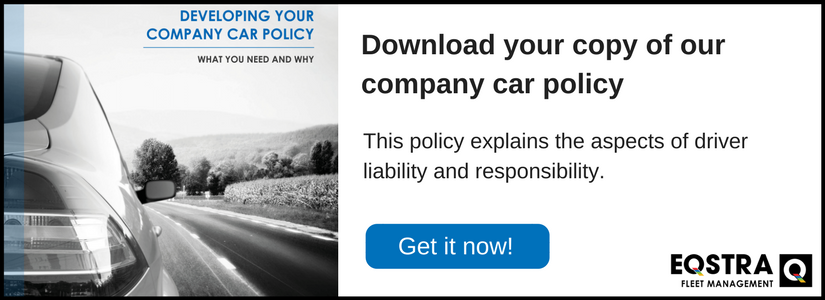
One of the most frustrating elements for any fleet manager is the lack of accurate data. Whether it’s incomplete logbooks or confusing incident reports, many fleet managers will tell you that they spend a ridiculous amount of time trying to decipher data just to figure out what is really going on with their fleet, or one of their vehicles.
Fleet cameras or fleet tech, often referred to as dashcams or in-car cameras, are a quick solution that will help drastically reduce at least some of these frustrations. Over the past few years in-car cameras have become very popular for private use (we’ve all seen the YouTube clips), and this popularity was soon picked up in the fleet industry. And those who’ve had them installed will never go back.
Why cameras are essential
In this current economic climate, and with all vehicle and fuel related costs consistently increasing, running a fleet is a costly exercise. Fleet managers simply can’t afford or allow for misuse of fleet vehicles and need to do everything possible to eliminate avoidable costs. If your fleet is not yet equipped with cameras, consider the following benefits:
- Avoid insurance fraud by having clear footage of any incidents. So-called ‘crash for cash’ scams are gaining popularity in SA (accidents are contrived allowing parties to claim for fake injuries) and branded vehicles are often targeted as they have a better chance of being fully insured.
- Monitor driver behaviour with a cabin-facing camera. This will also allow you to ensure vehicles are not being misused and are driven strictly for business purposes by the designated drivers. It will also highlight any areas of concern that need to be addressed in driver training.
- Encourage better driving, and also protect drivers. There are many incidents (such as parking lot mishaps where the culprits simply drive away) where your fleet drivers honestly have no control over the situations. This also gives them peace of mind knowing they’ll be able to prove they weren’t at fault. At the same time, cameras will in most cases allow you to identify the guilty party.
Camera shopping
So which camera should you get? This all depends on the size of your fleet, the type of fleet management system already in place, as well as your main concerns – what do you hope to gain by installing cameras in your fleet?
There are plenty of options available, but just like ensuring your fleet vehicles are fit for purpose, you need to ensure your get the right camera for the job.
- Record to SD – most of the entry-level in-car cameras record straight to an SD card – depending on the size of the SD card (this determines the number of hours it can hold) the camera will record continuously and simply loop back to record over existing footage when it reaches maximum memory. In the event of an accident, the camera needs to be switched off / stopped in order to ensure the footage of the incident doesn’t get overwritten. This is a very simple and affordable solution for smaller fleets that don’t do long distances at a time.
- Transmit via 3G / WiFi – This is the most popular type of camera for large fleets, or vehicles doing long-haul routes. All footage is sent directly to the company server, which means there is no risk of footage being overwritten in the event of an accident. Many of these systems also allow for real-time viewing, which means fleet managers have a live stream view from the cameras installed in the fleet.
- Cargo loading cameras – These are the answer to many fleet managers’ prayers. Cargo loading cameras operate the same way as cabin cameras (either recording to SD or straight to server), but they’re specifically designed to be mounted inside a cargo hold. The benefits are endless including increased efficiency, more secure loading methods, and greatly reduced risk of theft during loading operations.
The continuous advances in technology has made a big difference to the way we run our fleets. Fleet managers no longer need to rely on second-hand information to know what’s happening with all their vehicles. With all the camera options to choose from, it’s best to do thorough research and get some expert advice.
“We analyse the needs of our clients”, says Willie Venter, former Fleet Consulting Manager at EQSTRA Fleet Management, “depending on the type and size of their fleet, we work out a solution that perfectly suits their needs. In some cases one dash-cam per vehicle is sufficient, and in others you need a network of in-car, external and even load cameras.”
According to Willie, equipping your fleet with cameras is an investment in your business and you want to make sure you’re spending your money on equipment that delivers the desired results.
